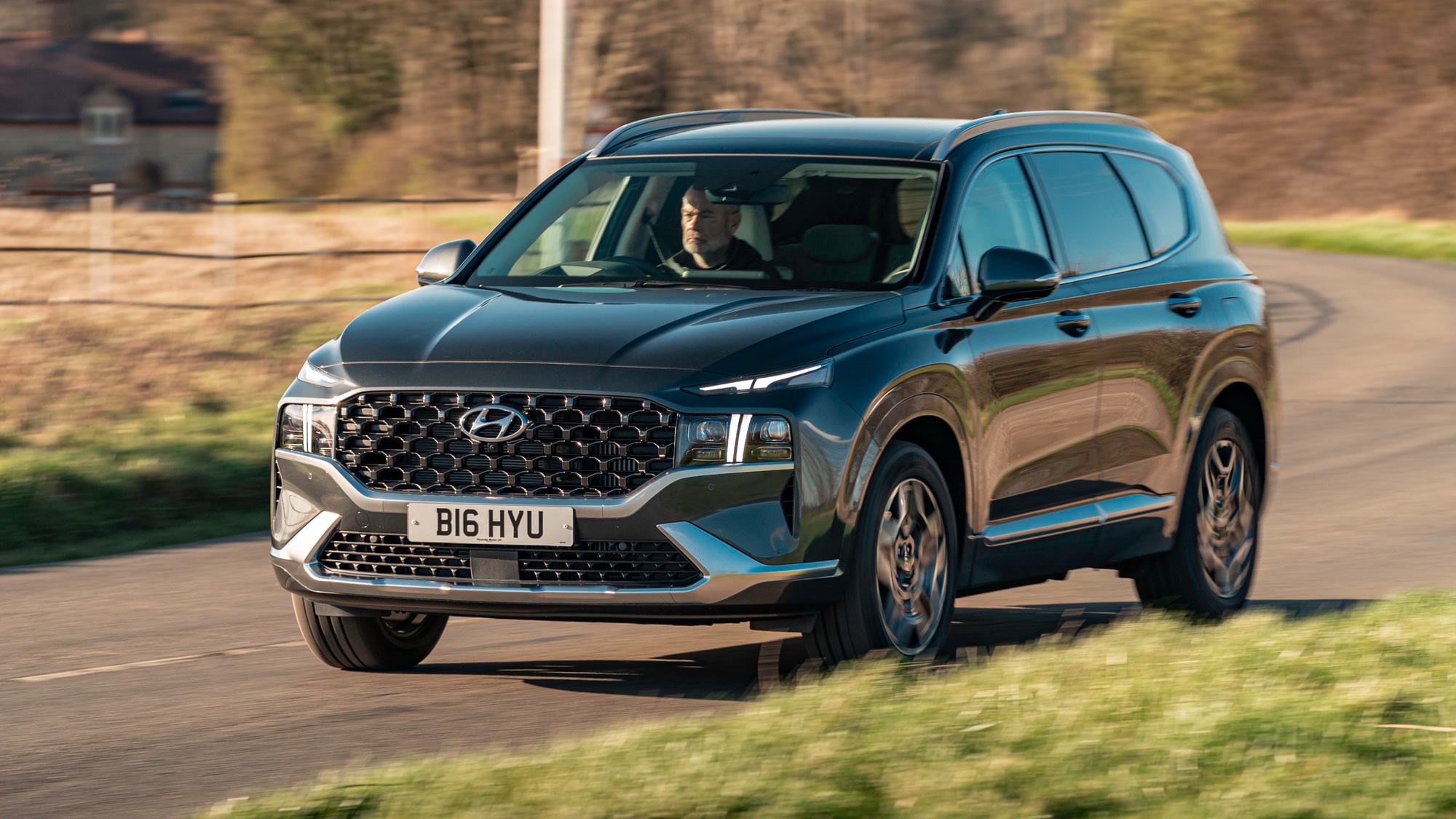Introduction
Driverless cars? The idea may seem like science fiction, but it’s actually closer to reality than many people think. If you’ve been following the news, you’ll know that autonomous vehicles are one of the most exciting developments in the automotive world right now. In this article, we’ll explore some of the reasons why driverless cars will be such a groundbreaking development—and why they might be on roads sooner rather than later.
Tesla Autopilot, Easy Autonomous Driving all the Way to Full Self-Driving
The Tesla Model S, the company’s flagship car, has an Autopilot mode. This allows the vehicle to steer itself and change lanes automatically. The system also enables automatic braking when it detects that a collision is imminent.
Tesla has been testing this technology since October 2014 and plans to release it as part of an over-the-air software update later this year. When it does become available, Tesla owners will be able to activate Autopilot by pressing on-screen buttons in their cars’ dashboards or through voice commands via Bluetooth headsets while driving on highways or city streets–and they can turn off the feature at any time by simply tapping those same buttons again or saying “cancel.”
The Future of Driverless Vehicles
The transition to driverless vehicles will be gradual, but the future is clear: autonomous cars are coming.
They will be safer, more efficient and convenient than human drivers in most situations. They’ll also be affordable–a game changer for consumers who have long been forced to choose between owning an expensive luxury car or riding as a passenger in someone else’s vehicle.
In fact, we may be closer than you think: within five years it’s possible that many people will have access to self-driving taxis or ride-sharing services like Uber where all you need do is press “GO” on your smartphone app before hopping in the back seat with a friend or two for a trip downtown (or wherever).
Self-driving cars are getting closer to reality.
Autonomous vehicles are already on the road. Tesla has been shipping self-driving hardware to its customers since 2016, and Uber started testing self-driving cars in Pittsburgh this year.
There’s also reason to believe that autonomous technology will improve rapidly over the next few years: In May 2018, Waymo announced that it had achieved a major milestone by driving 5 billion miles on public roads with no accidents caused by its autonomous vehicles (though there were some minor collisions). This milestone was reached only seven months after reaching 4 billion miles driven–a rate of improvement comparable with Moore’s Law for semiconductors.
Waymo isn’t alone in its rapid progress; many other companies are working toward similar goals and reporting similarly impressive achievements along the way.
The autonomous car of the future may be closer than you think!
The autonomous car of the future may be closer than you think!
We’ve all heard about Google’s self-driving cars, and there are several companies working on similar technologies. But what exactly is an autonomous vehicle? According to the National Highway Traffic Safety Administration (NHTSA), “Autonomous vehicles (AVs) can be defined as vehicles equipped with hardware and software that allow them to operate without direct human input.” In other words, a self-driving car doesn’t need a driver–it drives itself!
The first commercial use of autonomous vehicles may happen sooner than you think: by 2021 according to estimates from research firm IHS Automotive. By 2025 they expect there will be over 6 million such cars on roads across North America alone! That means that within 5 years we could all be riding around in our own personal robotic chauffeurs instead of taking public transportation or driving ourselves around town…and boy does this excite me!!
Conclusion
We’ve come a long way in our journey towards autonomous vehicles, and it’s clear that these cars are getting closer to reality. With more companies developing self-driving technology and consumer interest growing every day, it seems likely that we’ll all be riding in autonomous cars within the next five years.



More Stories
Introducing Safe Autonomous Vehicles
This Guide Helps You Create Powerful Pieces About Technology Autonomous Vehicles
Autonomous Vehicles Will Be Cheaper To Own Than A Car